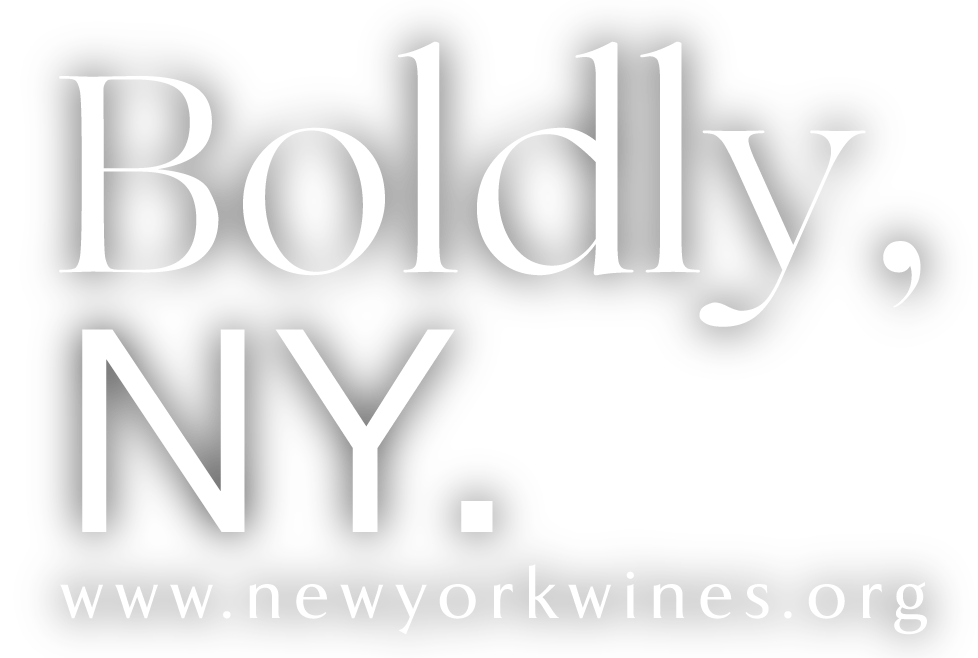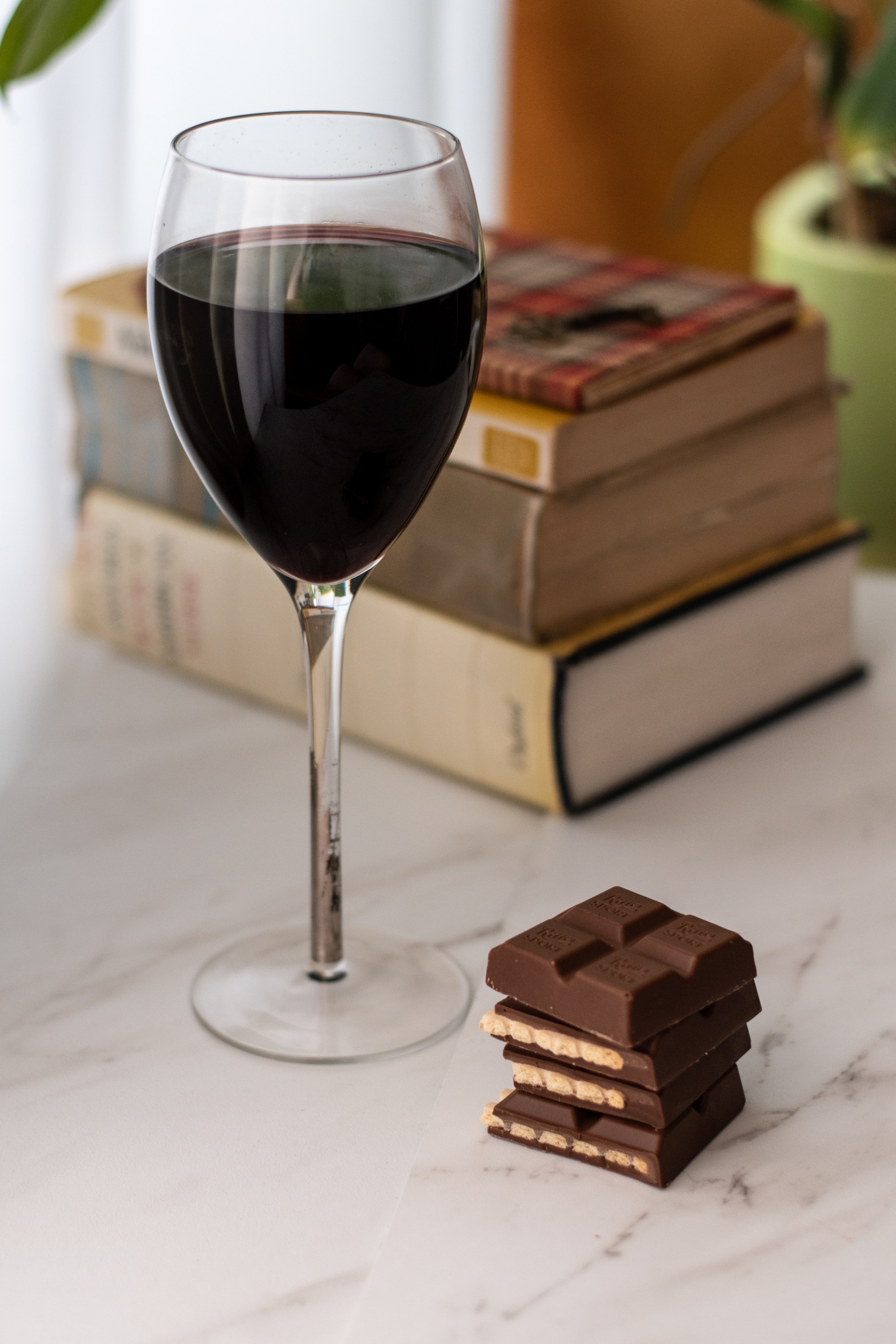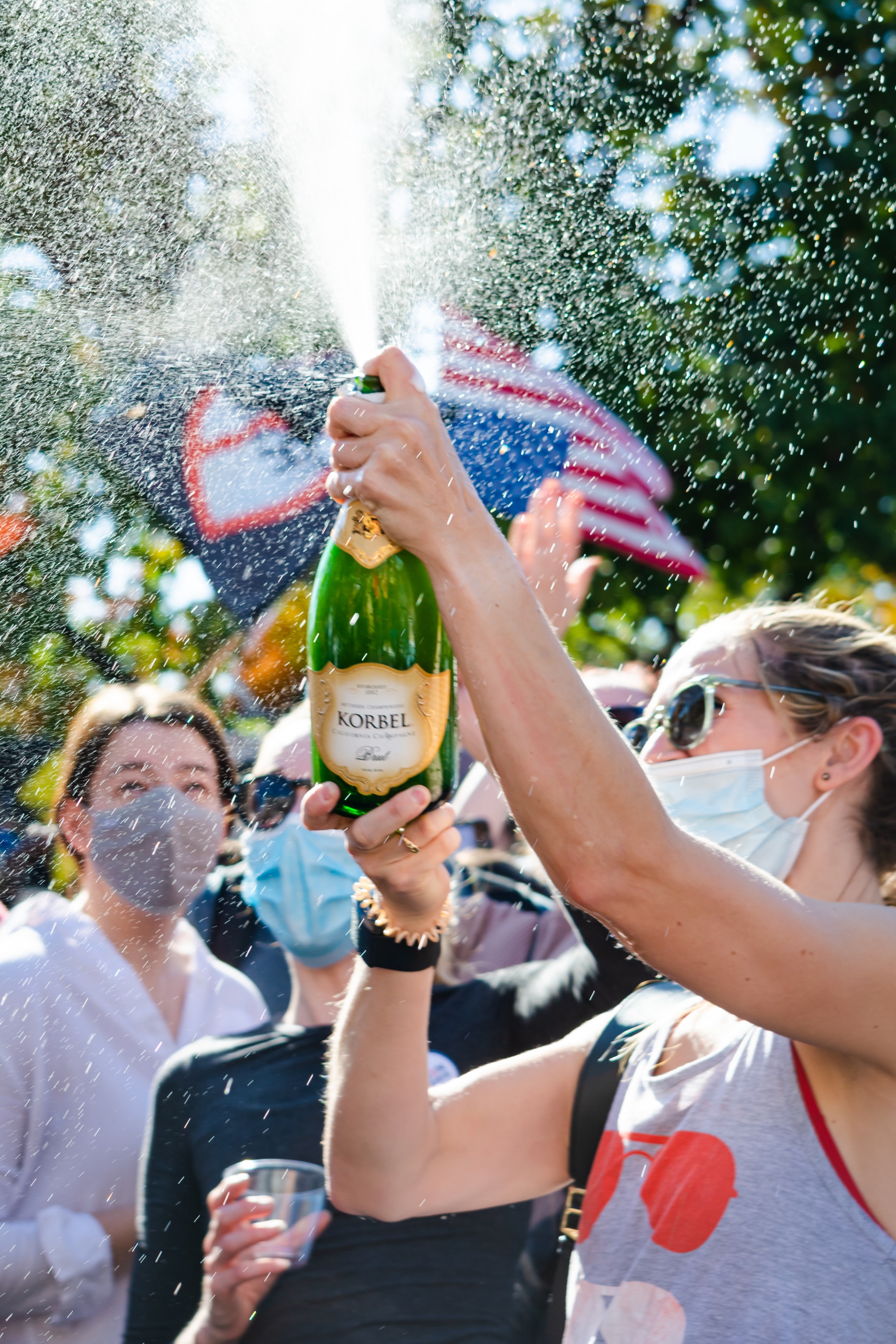I thought this was an interesting e-mail sent to me by Brixage. You may want to sign up. If you can say those words while sampling wine, weather you know what you’re talking about or not…people will consider you an expert!
Merriam-Webster has a few definitions of the word profile. The first is “a representation of something in outline†and defines a profile as physical, like looking at a wine bottle. Another definition states profile to mean “a set of data often in graphic form portraying the significant features of somethingâ€. This second meaning is what we’re after here at Brixage. Wine profiling defined by Brixage is the process by which major features, or we prefer the term characteristics, are quantified. This truly only becomes useful once you understand the “system†on which it is based. Brixage worked for years to refine this system, and how it works is quite simple. Brixage acquires data from wineries and also acquires data of its own, both sensory and chemistry. The combination of these different sources of data work together to paint a more definitive picture of the wine The profiles we seek are truly the major characteristics of wine. We clearly define those as AROMA, FRUIT, OAK, ACIDITY, TANNINS, DRY/SWEET, COMPLEXITY and FINISH, as defined in the Brixage Wheel â„¢. These characteristics are significant in determining if the experience is a favorable one, based on an individual’s likes and dislikes. Important to note is that some wines may be entirely absent of certain features, like most white wines do not have tannins and some do not have oak either. For instance, many Sauvignon Blanc wines spend their time in stainless steel, so no oak here for many of them.




